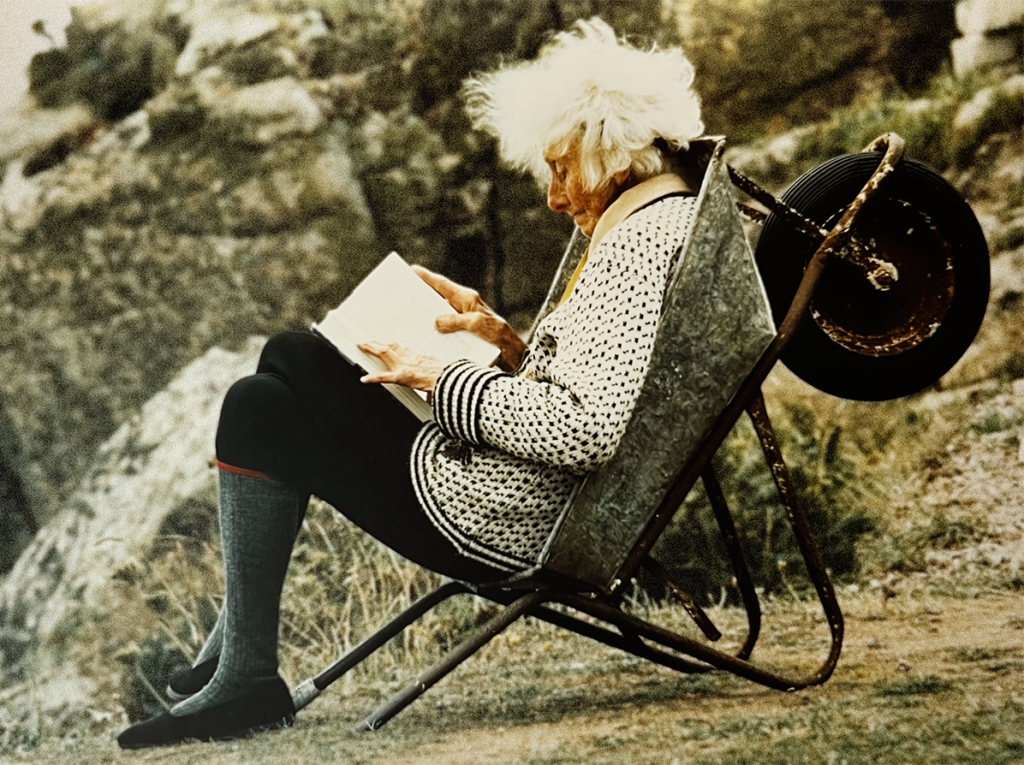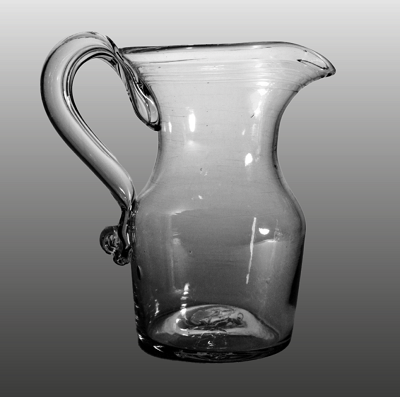ROWENA CADE, ARTIST & BUILDER
THIS WEEK’S MUSE

Through the first six months of 1932, from late winter and into early summer, a slight figure could be seen clambering up the narrow cliff path on the Atlantic coast of England. Almost daily, weighed down by stones and rocks found below, wood washed ashore, or bags of sand from the beach, the figure would slowly navigate up to an isolated outcrop of land on the cliff edge.
Materials would be deposited, and assembled, day after day. Artist Rowena Cade was building a theater.
What began as a temporary project to help provide a setting for an amateur dramatic group became a life-long undertaking to build and maintain one of the most unique theaters in the world.
Born in 1893, Cade moved to the southernmost tip of mainland England soon after the First World War, an area known for its wild seas, amazing views, and hot summers.
She bought the remote and isolated Minack—meaning “a rocky place” in the ancient Cornish language—headland and built herself a house.
Throughout the 1920s, the house and garden and had become something of a social center and were often used for local theatrical productions. In 1931, it was decided an inaccessible outcrop of land that lay part-way down an overgrown cliff path would be the ideal location for next year’s production – Shakespeare’s ‘The Tempest.’
The exact reason for this is lost to time, but perhaps it was the closest they could come a representation of Prospero’s Island, the distant and ominous setting of the play.
Cade spent the next six months clearing the land of undergrowth, building sets for the eager actors, and providing seating for the willing and brave audience. With no mains power available, the play was lit by battery powered car headlights and a convenient moon over the ocean.
With the success of this first performance, the theater was used every year. Cade utilizing the winter months to develop and improve the space, facilities, and access.
After it reopened following World War Two, she molded and hand-carved concrete seating, steps and paths – all created using sand from the beach. Performers would use her house as the dressing room and a concrete war time gun emplacement was transformed into the box office
Legend has it, she once took a dozen 15ft beams up the rocky path, washed ashore from a wrecked Spanish ship to use as a part of the theater. When she admitted the theft to the police, they refused to believe she could have done it and was cleared of the suspicion of taking it.
Building and maintaining the theater took the rest of Cade’s life and most of the structures there today are from her years of dedication that continued well into her 80s.
When she died, just before her ninetieth birthday, she left new sketches outlining how the theater might be covered on rainy days. Access today is a little less precarious, but perched on the wild Atlantic cliffs, the weather, the view and the experience remain the same and a rich program of drama and music can still be enjoyed just like it was in the 1930s.
And if you see, through the swirling sea mist, a frail figure sat watching from a wheelbarrow – it’s just Rowena Cade keeping an eye on her theater.
HAPPENING

Saturday, September 30, from 10am–5pm
Sunday, October 1, from noon–4pm
35TH ANNUAL GLASS SHOW & SALE
Collectable glass from all over the US and Europe.
$7 [pay at the door by cash or check]

Thursday, September 28, 6–8pm
Tuesday, October 3, 6–8pm
MONTHLY FIGURE NIGHT
with Susan Overstreet
Develop your creative skills on a life model.
Price: $25
